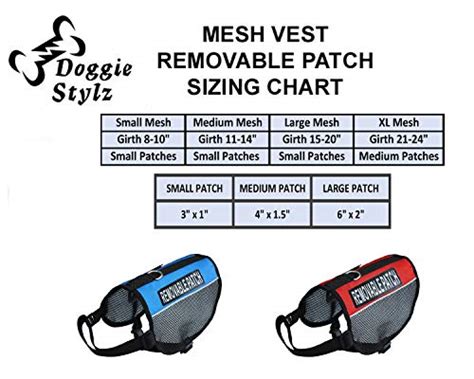The electrical insulation system for wires used in generators, electric motors, transformers, and other wire-wound electrical components is divided into different classes by temperature and temperature rise. The electrical insulation system is sometimes referred to as insulation class or thermal classification. The different classes are defined by NEMA,[1] Underwriters Laboratories (UL),[2] and IEC standards.
For complete electrically operated appliances, the "insulation system" is the overall design of electrical insulation of the energized components to ensure correct function of the device and protection of the user from electric shock.
The maximum hot-spot operating temperature is reached by adding the rated ambient temperature of the machine (often 40 °C), a temperature rise, and a 10 °C hot-spot allowance. Electrical machines are usually designed with an average temperature below the rated hot-spot temperature to allow for acceptable life. Insulation does not suddenly fail if the hot-spot temperature is reached, but useful operating life declines rapidly; a rule of thumb is a halving of life for every 10 °C temperature increase.
Older editions of standards listed materials to be used for the various temperature classes. Modern editions of standards are proscriptive, only indicating that the insulation system must provide acceptable life at the specified temperature rise.
In large machines, different systems may be used according to the predicted temperature rise of the machine; for example, in large hydroelectric generators, stator windings may be Class B but the more difficult to cool rotor winding may be Class F.
In IEC standards, the insulation system is a classification based on the level of electrical shock protection given to a user. Functional insulation is that required to prevent short circuits within the equipment. Basic insulation is any material added to protect a user from accidental contact with energized parts. Supplemental insulation is rated to withstand 1500 volts AC. Double insulation is a design concept where failure of one insulation system will not expose the user to a shock hazard due to the presence of a second independent layer of insulation. Reinforced insulation is a supplemental insulation system that is strong enough to effectively perform as if a double insulation system was present. Selection of the insulation system is coordinated with the choice of appliance class.[7]
 Fairwin Braided Leather Dog Training Leash 6 Foot 56 Foot Military Grade H
Fairwin Braided Leather Dog Training Leash 6 Foot 56 Foot Military Grade H
 3m Reflective Dog Leash 5ft Long With Traffic Padded Handle Dog Training Leas
3m Reflective Dog Leash 5ft Long With Traffic Padded Handle Dog Training Leas
 How To Be Your Dogs Best Friend The Classic Training Manual For Dog Owners
How To Be Your Dogs Best Friend The Classic Training Manual For Dog Owners
 Classical Naptime For Tots
Classical Naptime For Tots
 Doggie Stylz Set Of 2 Reflective Therapy Dog In Training Removable Patches Wit
Doggie Stylz Set Of 2 Reflective Therapy Dog In Training Removable Patches Wit
 6 Pcs Service Dog In Trainingworkingstress Amp Anxiety Response Embroidere
6 Pcs Service Dog In Trainingworkingstress Amp Anxiety Response Embroidere
 Service Dog In Training Patch With Hook Back And Reflective Lettering For Servic
Service Dog In Training Patch With Hook Back And Reflective Lettering For Servic
 Four Paws Wee Wee Pee Pads For Dogs And Puppies Training L Gigantic Xl St
Four Paws Wee Wee Pee Pads For Dogs And Puppies Training L Gigantic Xl St
 Pny 128gb Elite X Class 10 U3 V30 Microsdxc Flash Memory Card 100mbs
Pny 128gb Elite X Class 10 U3 V30 Microsdxc Flash Memory Card 100mbs
 Academy Of Beasts V Shifter Romance
Academy Of Beasts V Shifter Romance
 Beast Academy 5a Practice
Beast Academy 5a Practice
 32gb Class 10 Sdhc Flash Memory Card Standard Full Size Sd Card Ush I U
32gb Class 10 Sdhc Flash Memory Card Standard Full Size Sd Card Ush I U














